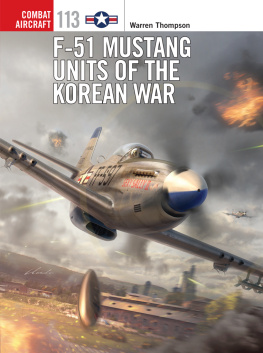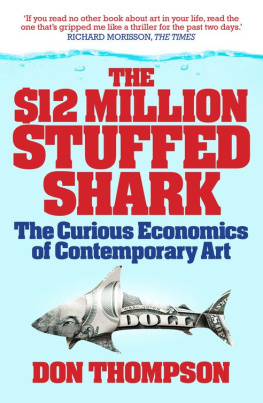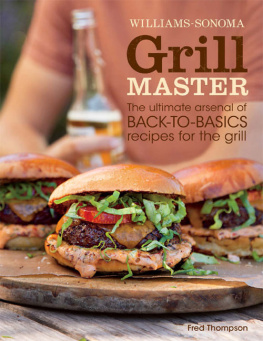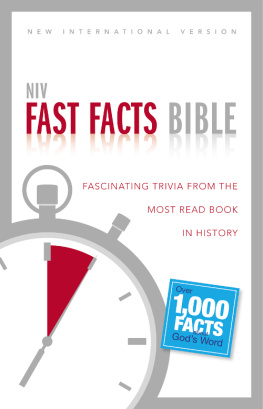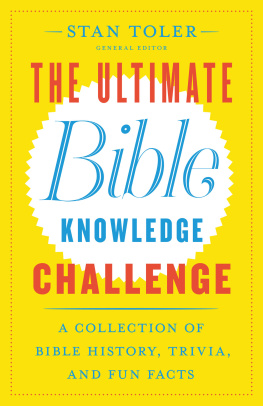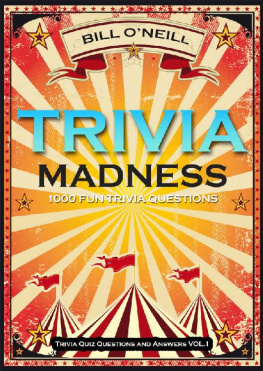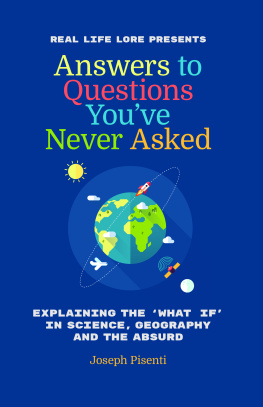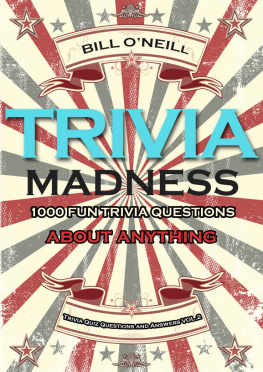
Text copyright 2015 Andrew Thompson. Design and concept copyright 2015 Ulysses Press and its licensors. All rights reserved. Any unauthorized duplication in whole or in part or dissemination of this edition by any means (including but not limited to photocopying, electronic devices, digital versions, and the Internet) will be prosecuted to the fullest extent of the law.
Published in the U.S. by
ULYSSES PRESS
P.O. Box 3440
Berkeley, CA 94703
www.ulyssespress.com
ISBN: 978-1-61243-507-7
Library of Congress Control Number 2015937154
10 9 8 7 6 5 4 3 2 1
Managing Editor: Claire Chun
Editor: Kathy Kaiser
Proofreader: Lauren Harrison
Layout: Lindsay Tamura
Front cover design: what!design @ whatweb.com
Front cover artwork: Hein Nouwens/shutterstock.com
Back cover artwork: bottle Ruslan Semichev/shutterstock.com; popcorn Ruslan Semichev/shutterstock.com; dinosaur para/shutterstock.com; dog warat42/shutterstock.com
Interior artwork: see page 205
Distributed by Publishers Group West
To Hugo
CONTENTS

It is commonly said that the Great Wall of China is the only human-made structure that can be seen with the naked eye from space or the moon. This assertion has been perpetuated as a question in the board game Trivial Pursuit. It has also been included in schoolbooks across the world, and was stated as true by the Ed Harris character in the 1998 movie The Truman Show. In addition, Richard Halliburtons Second Book of Marvels makes this claim (despite the fact that the book was published in 1938, before space exploration had begun).
One school of thought is that the claim was made to convey the enormous scale of the wall and the vastness of human achievement in building it. It is now accepted that the statement is false.
From a low orbit of Earth (up to about 200 miles), many human-made objects can be seen with the naked eye. Highways, airports, buildings, and ships, as well as the Great Wall, can be seen. The walls width ranges from about 15 to 30 feet, but when dust storms hit it, it becomes more visible at this close range because of the combined size of the wall and the dust turbulence.
But no human-made structures are visible with the naked eye above an altitude of a few thousand miles, and certainly not from the moon. The moon is around 240,000 miles away, and from there, entire continents and oceans are barely visible without mechanical assistance. These facts have been confirmed beyond any doubt by a number of astronauts.

The oceans of the world cover around 70 percent of the Earths surface. They are filled with salt, anddespite much mythology on the topicit is not commonly known why.
There are many constituents of seawater, but the primary chemicals are sodium and chloride. These are the components of salt and account for the salty taste of the ocean.
All water contains some salt, but the salts in seawater are increased by the gradual dissolution of the Earths crust and the erosion of rocks and mountains. Rainwater is slightly acidic from the carbon dioxide it absorbs from the air. When rain falls to the ground, its carbonic acid erodes rocks and forms ions (mainly sodium and chloride ions). Rainwater and rivers then transport these minerals from rocks and soil to the sea, increasing the salt content.
The salt content of the ocean is also augmented by evaporation. The sun evaporates freshwater from the surface of the ocean to the atmosphere, leaving the salts behind. This process is known as the hydrologic cycle. Because only freshwater is evaporated and rain brings more salts to the sea, as time passes, the oceans are actually becoming saltier. In fact, it is thought that the oceans contain 50 million billion tons of salt and that if all the salt was removed from the worlds oceans and spread across the land, the layer would be approximately 180 yards (165 meters) thick.
The salinity of different oceans varies according to location. In areas of high water temperature, the evaporation rate is increased, leading to saltier water. Oceans that are remote from land also receive a smaller influx of freshwater, which increases their salinity. In polar areas where the salt is diluted by melting ice and excess rain, salinity tends to be low. The saltiest areas of all the oceans are the Red Sea and the Persian Gulf, where evaporation is at its highest.

Medically known as cephalalgia, headaches have a multitude of causes, such as sleep deprivation, dehydration, stress, eyestrain, sinus pain, and muscle tension.
Where there is a disorder or pain somewhere in the body, nociceptors, which are pain-sensitive receptors at the ends of nerve fibers, are activated. The nociceptors send a signal to the brain, which the brain interprets as pain. A headache results. The area of the head where the pain is felt depends on the location of the activated nociceptors.
When the brain is alerted to pain, it also produces a number of chemicals, including serotonin, that act to reduce pain. However, the release of these chemicals can cause a swelling of blood vessels in the brain, making the blood vessels tender. The swollen vessels then irritate the nerve fibers that surround them in the head. These nerve fibers send messages to the trigeminal system, which is an area of the brain dealing with pain in the face and head. This can cause the headache to worsen.
Medication to alleviate the effects of a headache works best if taken early. Once the pathways for the pain signals, transmitted by the nerves, are fully activated, it is more difficult to prevent the signals and thus reduce the headache.

A silencer, also known as a suppressor, is a device that is attached to the end of a gun barrel to reduce the amount of noise that is generated when the gun is fired.
When the trigger of a loaded gun is pulled, gunpowder is ignited, which creates high-pressure hot gas. This expanding gas forces the bullet down the barrel of the gun, resulting in a loud noise as the bullet exits.
The silencer is usually a cylindrical piece of metal that is screwed on to the end of the barrel, although it can be attached to the gun as a permanent fixture. It is composed of a group of baffles inside an expansion chamber. The baffles are hollow plates that divert the flow of the gas within the expansion chamber, which is larger in diameter than the barrel of the gun. This allows the gas to cool and reduce in energy. As the gas leaves the expansion chamber, its pressure and speed are less. This greatly reduces the sound when the bullet and gas are released. In this way, the silencer has a similar effect as the muffler of a car.
Next page

